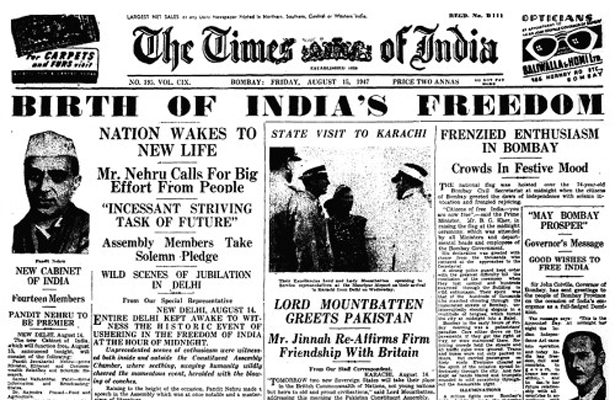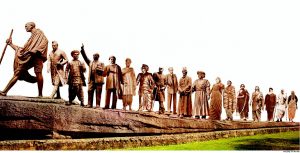Bhagavad Gita Importance , Essay , Article , Speech , Paragraph
The Bhagavad Gita or the Song Celestial is one of the most sacred Scriptures in the world. It is a constant companion to men in every walk of life. It is a string of verses which were spoken by Lord Krishna to Arjuna at the battlefield. It is a part of the epic Mahabharata.
People of modern generation are increasingly finding that in spite of the material comforts abundantly available, there is a void in their life which cries to be filled in. The crisis is psycho – spiritual and it exists whether we realize it if not. There is no other book like the holy Bhagavad Gita, which fills in the void. All the teachings are suited to the modern inquisitive mind.

The Bhagavad Gita teaches socially oriented positive action. The theme is Lok Sangraha, which means integration, regulation, protection, and preservation of the society.
Importance of Gita ( Importance of Bhagvad Gita )
Gita is among the three main scriptures of Hindu Dharma, others being The Upanishads and The Bhrahmasutras. These three are together known as Prashthayanas. There are 18 chapters in the Gita, and it contains 700 verses. The Mahabharata contains a canto titled as Bhishma Parva and chapters from 25 to 42 of this Parva constitute the Gita. Gita Jayanti falls in the month of December ( Mrigashirsha ) . The Gita was spoken by Lord Krishna to Arjuna in Dwapar Yuga. And in the Hindu calendar, the Kali Era, the present era, is dated with reference to the day of Gitopadesha.
Central Idea Of Gita
The Gita is undoubtedly the immortal philosophical and spiritual doctrine which was taught to Arjuna on the battlefield of Kurukshetra. The central idea of Gita is to do work without any attachment of results. All the 18 chapters of The Gita are designated as a type of yoga. All the 18 chapters are reduced to four types of Yogas namely the Karma Yoga, the Raja Yoga, the Bhakti Yoga and Jnana Yoga.
Gita is very respected and revered not only in India but also many Western philosophers accept it whole heatedly as a sacred and unbeatable religious doctrine. We must really be proud of our legacy and involve the teachings of Gita into our life.
Questions Related Bhagavad Gita
- Importance of Bhagavad Gita
- Essay on Bhagavad Gita
- Paragraph about Bhagavad Gita
- Purpose about Bhagavad Gita
- Central Idea of Gita



